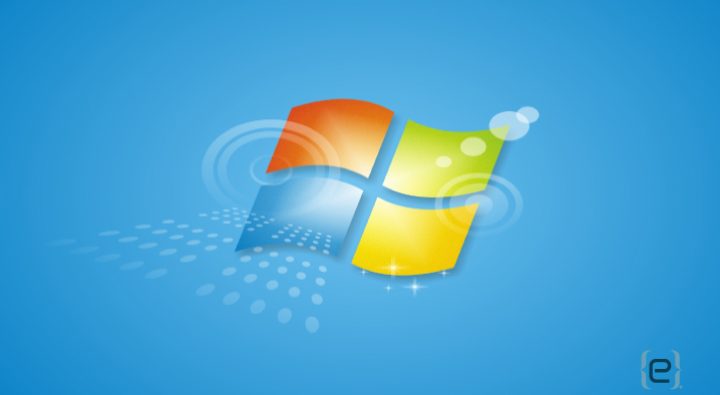It’s still coming whether we like it or not: Windows 7 End of Life. If your organization is still running Windows 7, what can you expect? Is this truly the end of Windows 7, and should you upgrade?

The answer, realistically, is yes. It’s a smart move to upgrade now, for security and stability.
Mainstream support for Windows 7 ended in 2015. Extended support ends on January 14, 2020. Windows 7 is now end-of-life. It will not be supported, nor will it receive regular patches and security updates.
What’s the risk of not upgrading?
Failing to upgrade to supported software, like Windows 10, means exposing your organization to avoidable risk. That risk is of cyberattackers taking advantage of vulnerabilities in a legacy operating system. Or it’s the risk of a failure or crash on an important machine, with no help forthcoming from Microsoft. (Using unsupported software may also conflict with prerequisites or standards for technology support and maintenance contracts with IT providers.)
Also be aware that a supported, modern operating system may be required for compliance reasons. If you fall under any industry regulations or compliance laws for cybersecurity, keep this in mind. Continuing to use Windows 7 beyond end of support means you run the risk of not being compliant or failing part of an audit.
What should you do next?
Consider an upgrade to Windows 10, the next version of the Windows operating system. (Is your hardware able to support Windows 10? You can find the system requirements here.) Ready to move to the cloud? Check out Microsoft 365 for Business. With Office 365 you’ll stay up to date continually, without major upgrades, in the future.
To discuss whether you’re ready for an upgrade, contact one of our experts today!







